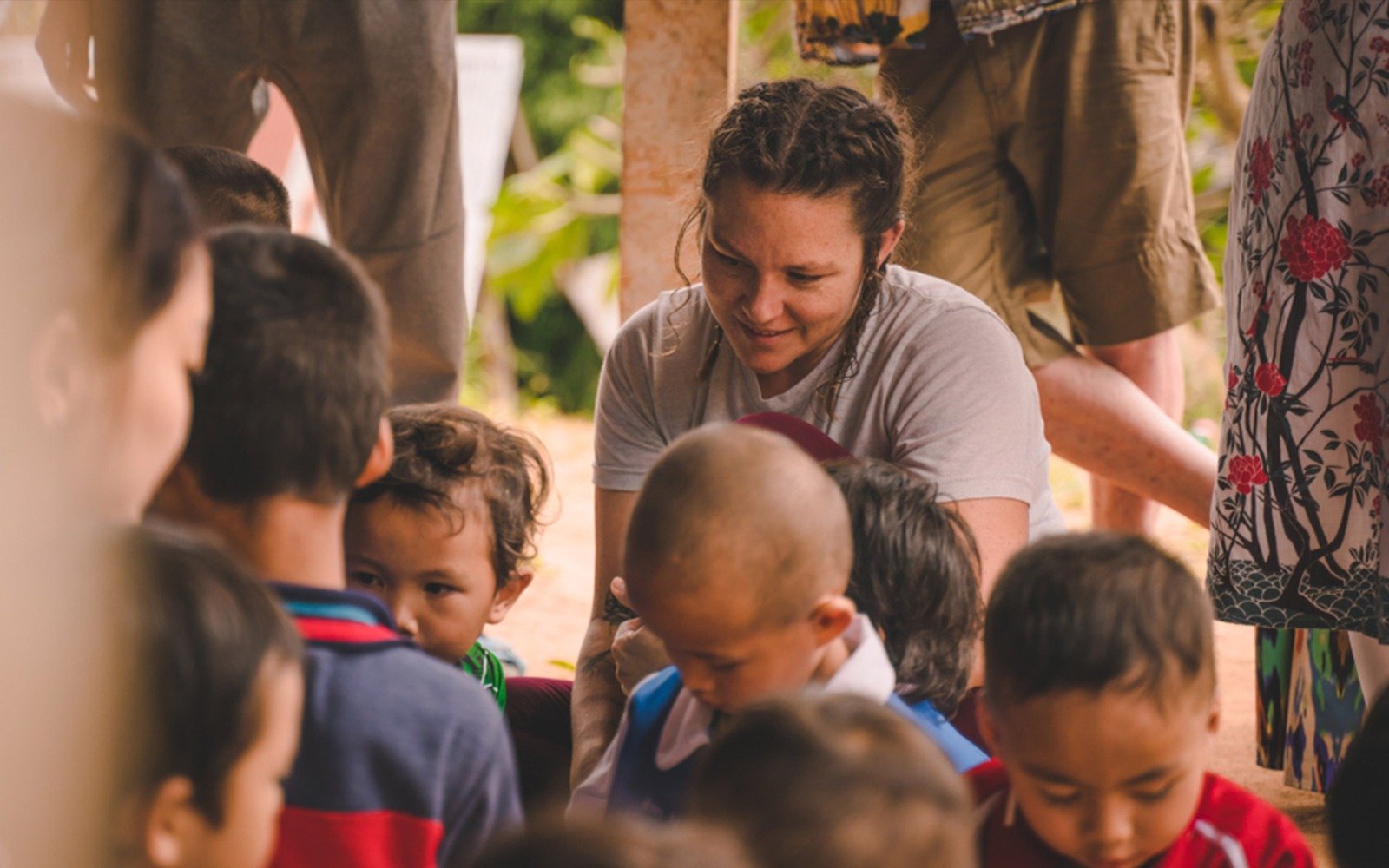Education as a Fundamental Right for Children: Challenges and Solutions
Education is a fundamental right that every child should have, encompassing the right to free, inclusive, and high-quality education that develops their abilities and skills, enabling them to reach their full potential. Education is the cornerstone of building advanced societies, as it provides children with the knowledge they need to grow, opens up better future opportunities, and empowers them to make informed decisions in life. However, numerous challenges still hinder the fulfillment of this right worldwide. This article will explore the challenges facing education as a basic right for children and suggest possible solutions to overcome these obstacles.
1. The Importance of Education as a Fundamental Right for Children
Education forms the foundation upon which the progress and prosperity of nations are built, making it essential that every child worldwide has access to education regardless of their gender, race, or economic status. The importance of education includes:
– Development of Skills and Knowledge: Education strengthens essential skills like reading, writing, and math, which are vital for children’s personal, social, and economic growth.
– Economic and Social Empowerment: Education provides children with opportunities for professional advancement and enhances their chances of obtaining good jobs, thus improving their economic and social standing.
– Promotion of Awareness and Critical Thinking: Education shapes children’s minds, enabling them to think critically and make decisions, which is essential for facing various life challenges.
Achieving Equality: Education is a tool for promoting equality between genders and different groups within society, offering everyone an equal chance to succeed.
2. Challenges Facing Children’s Right to Education
Despite education being a basic right, many children around the world are deprived of it due to various challenges, including:
2.1 Poverty
Poverty is one of the biggest obstacles to children’s access to education. In many developing countries, low-income families struggle to afford schooling costs, leading to their children being deprived of education. Additionally, children in these situations are often forced to work to support their families financially, limiting their educational opportunities.
2.2 Conflicts and Wars
Armed conflicts deprive millions of children of their right to education. The destruction of schools, family displacement, and the risk of violence force children out of school, creating an entire generation of uneducated children who may struggle to integrate into society in the future.
2.3 Cultural and Social Barriers
In some cultures, girls may be prevented from attending school, or boys may be prioritized over girls in receiving education. Early marriage is another reason that deprives girls of education, especially in some rural areas where traditions strongly influence family life.
2.4 Insufficient Educational Infrastructure
The lack of schools in rural or impoverished areas, combined with weak school infrastructure (in terms of buildings, facilities, and equipment), creates challenges that prevent children from having a conducive learning environment.
2.5 Shortage of Qualified Teachers
In many countries, there is still a significant need for qualified teachers who can provide high-quality education. A shortage of teachers leads to overcrowded classrooms, which negatively affects the quality of education.
3. Possible Solutions to Strengthen Children’s Right to Education
To overcome these challenges and ensure children’s right to education, effective strategies and solutions are needed, including:
3.1 Increasing Investment in Education
Governments and donors should invest more in the education sector, whether by building schools, developing curricula, or training teachers. Increasing resources allocated to education can help provide more educational opportunities for children.
3.2 Providing Free Education
Education should be free and accessible to all children, including the provision of school meals and transportation for students who live far from schools. Free education relieves the burden on low-income families, enabling them to send their children to school.
3.3 International and Regional Cooperation
There should be international cooperation among countries and organizations to provide financial and technical assistance to countries facing major educational challenges. Global campaigns aimed at providing education to children in disaster areas can make a significant difference.
3.4 Raising Community Awareness of the Importance of Education
Local communities should be made aware of the importance of education for both genders, encouraging families to send both their daughters and sons to school. Awareness efforts should aim to change cultural and traditional views that hinder children’s access to education.
3.5 Supporting Education in Conflict and Emergency Situations
The international community should provide emergency education programs for children in conflict areas, which can include temporary schools, online lessons, and distance learning. Providing education in these situations can protect children from other risks such as forced labor or recruitment.
4. Conclusion
Education is a fundamental right for every child and the key to a brighter future for any society. Addressing the challenges that hinder children’s education requires comprehensive cooperation between governments, international organizations, and civil society. We must ensure that every child has the opportunity to learn, develop their skills, and realize their potential. Education is not just a right; it is an investment in a better future for the entire world. A clear vision and long-term strategies are essential to achieving this goal, ensuring that education becomes accessible to every child, regardless of their birthplace or socioeconomic status.




